Royal Navy specialists have completed a two-week exercise in Scotland with French and Norwegian counterparts to prove that NATO’s submarine rescue system is ready to save the crew of a stricken boat anywhere in the world.
According to a Royal Navy news update, the drills took place in Loch Long near the Firth of Clyde and involved around 150 personnel working with the NATO Submarine Rescue System (NSRS), which remains on permanent standby for global deployment.
Fifty divers and medics from the three nations embarked auxiliary vessel SD Northern River in Glasgow, taking with them the NSRS suite, including its remotely operated vehicle and its crewed rescue submersible, Nemo. Once on station in the loch, the teams rehearsed a full rescue sequence designed to confirm both the safety of the equipment and the proficiency of the operators. Having spent time inside Nemo during a visit last year, I remember how compact the interior was.
The centrepiece of the exercise was the launch, dive and recovery cycle of Nemo, which can bring up to 12 submariners to the surface and contains a chamber for safe decompression. Crews practised the critical “mating” procedure, during which the submersible manoeuvres onto the casing of a distressed submarine and seals its skirt to achieve a watertight connection.
With the seal made, the rescue chamber operator opened the hatch exactly as they would on a real submarine lying disabled on the seabed. Two Norwegian naval personnel served as rescue chamber operators for the scenario.
Commander Chris Baldwin, the NSRS Operations Officer and Senior Rescue Element Commander, said the drills are essential for maintaining readiness. “These exercises are key to assuring the Fleet Commander that NSRS is operationally poised and available as a global submarine rescue capability; ready to respond and support the rescue of submariners wherever it may be needed.”
Engineers used the opportunity to test the integration of multiple safety systems, running through mobilisation, installation and commissioning processes. Rob Penfold, NSRS Engineering and Logistics Support Manager, said the training demonstrates how the various elements interact in practice, adding that it provides “confidence that the system is safe to operate even in operational emergency situations at sea.”
The NSRS, operated by the Submarine Delivery Agency, is a tri-national capability drawing on divers, medics and specialists from the UK, France and Norway, alongside JFD Ltd engineers. This year’s activity also included an observer from the Chilean Navy.




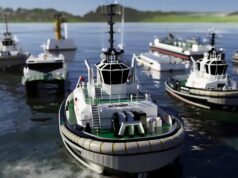


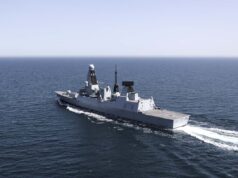

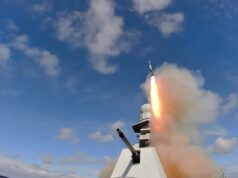
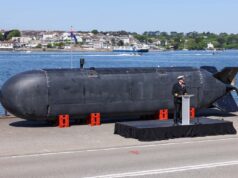
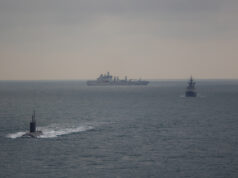
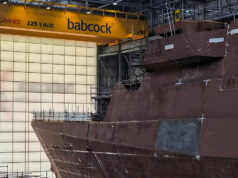

Fine capability to have. Interesting that the SDA operate the system, I did not know that.